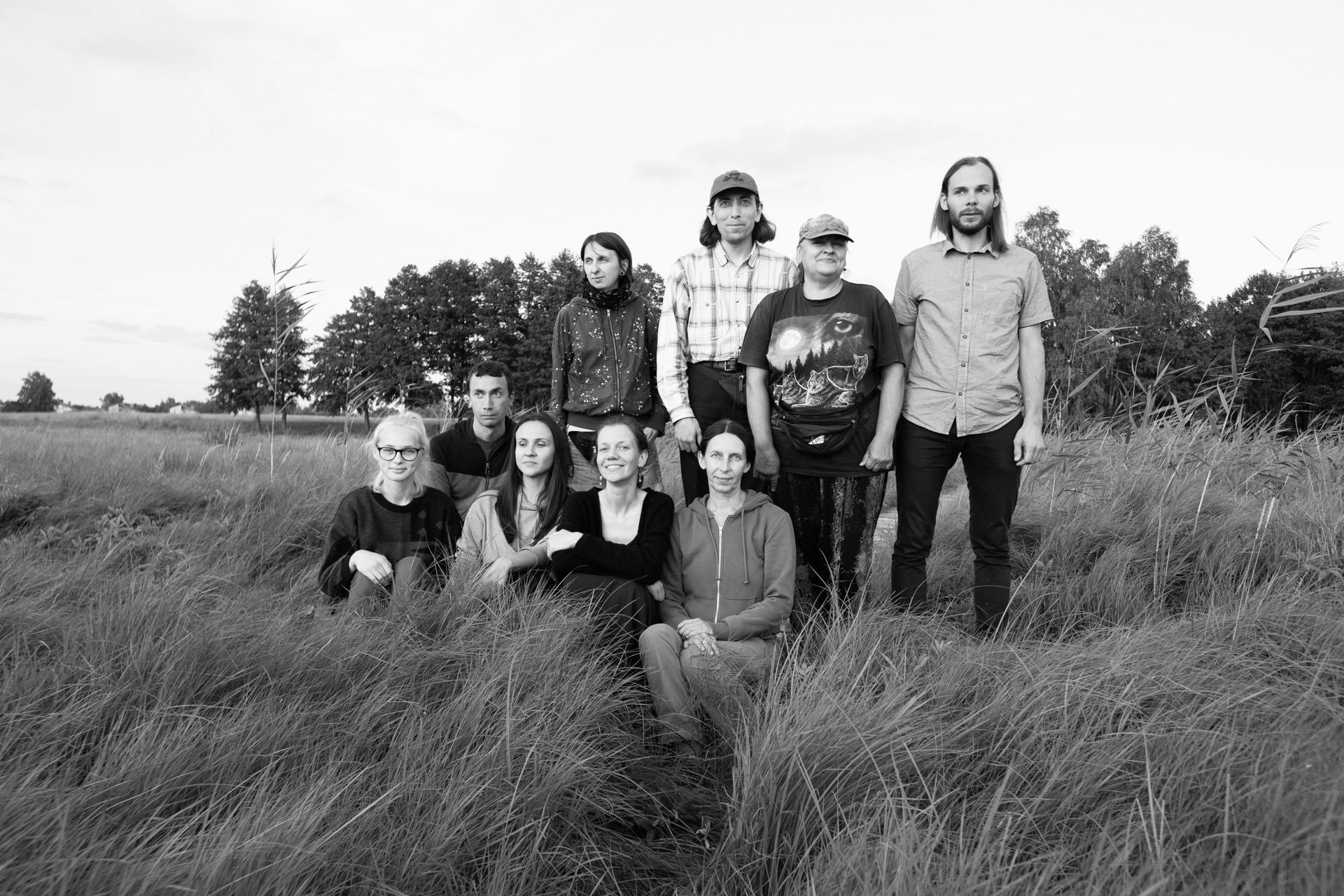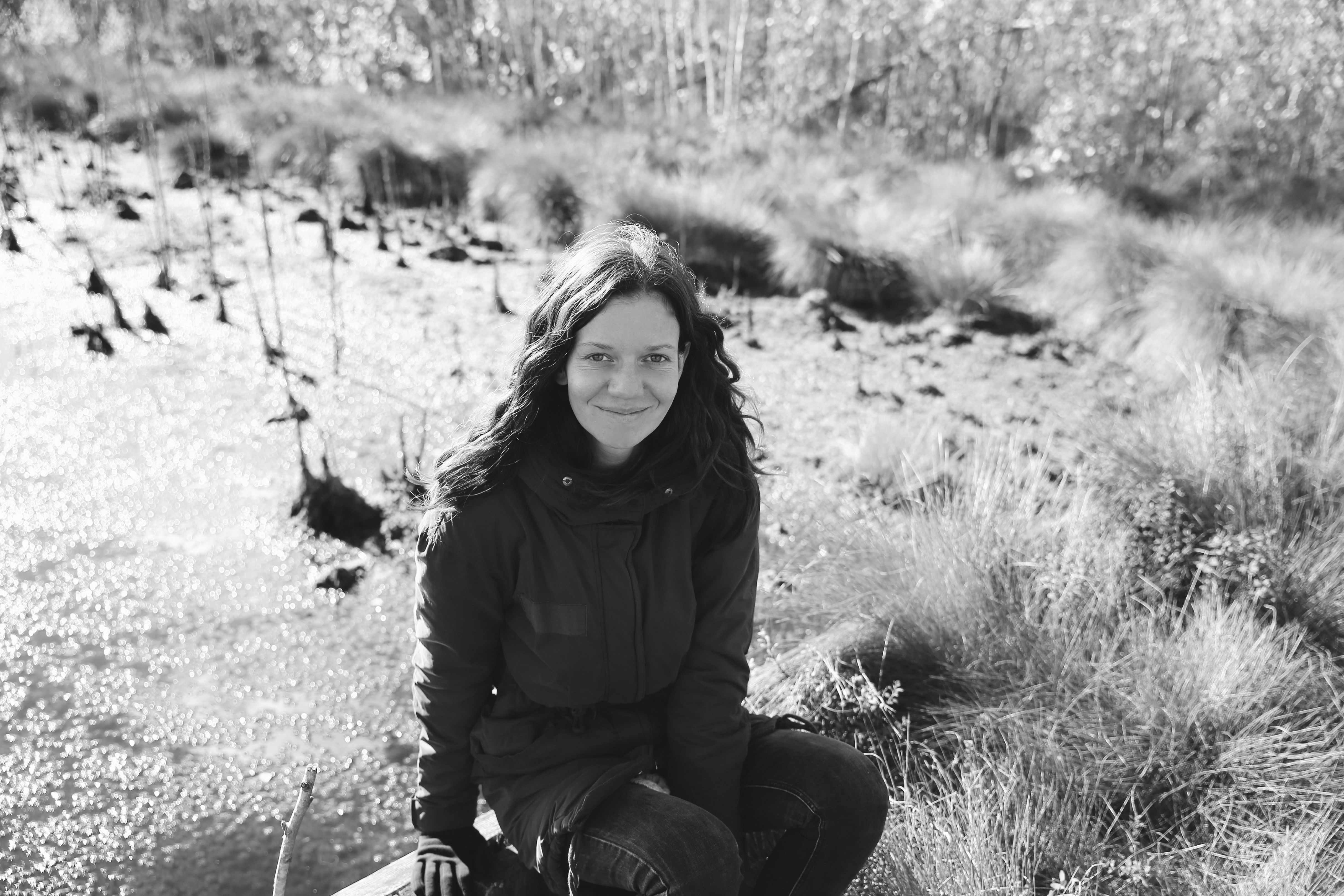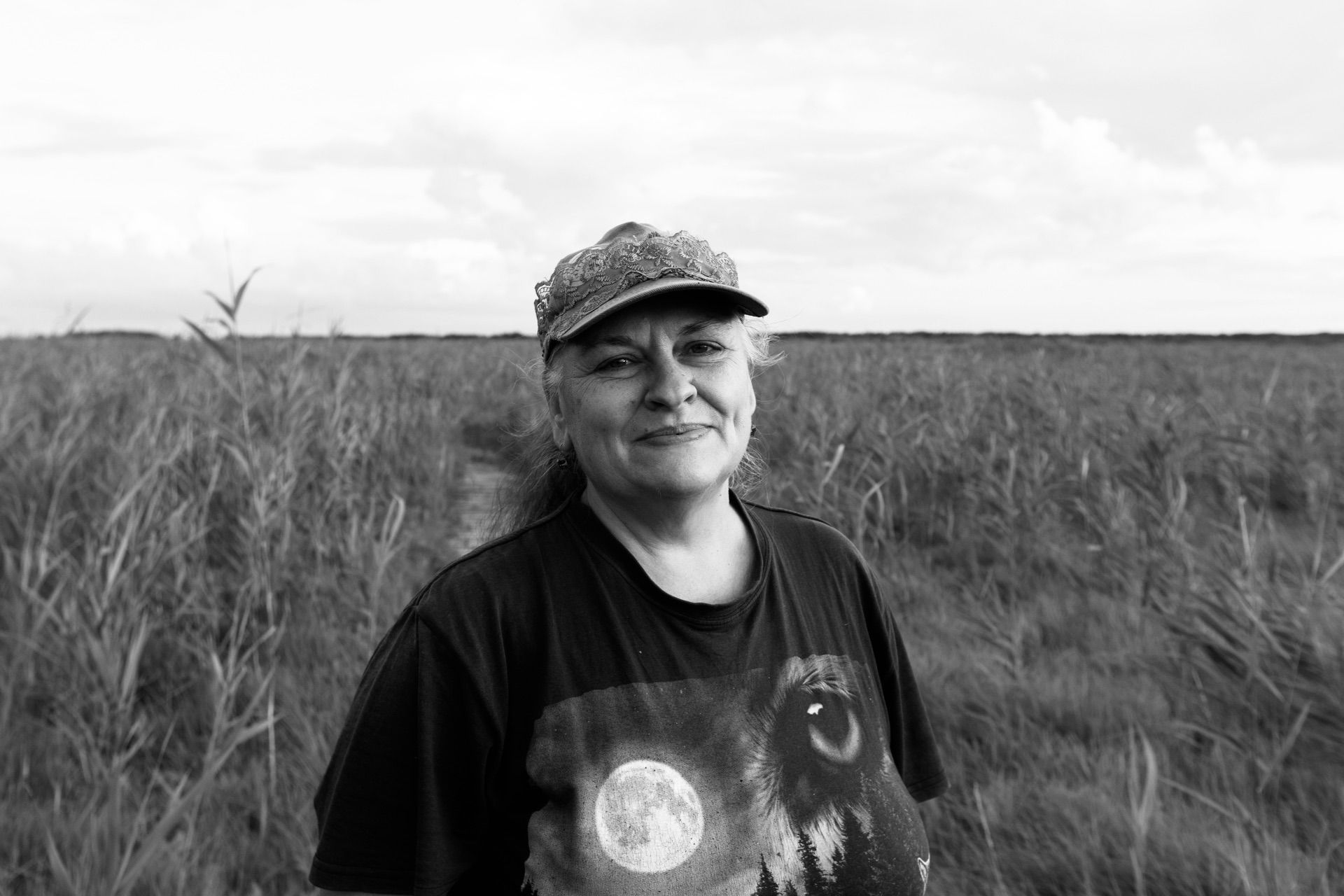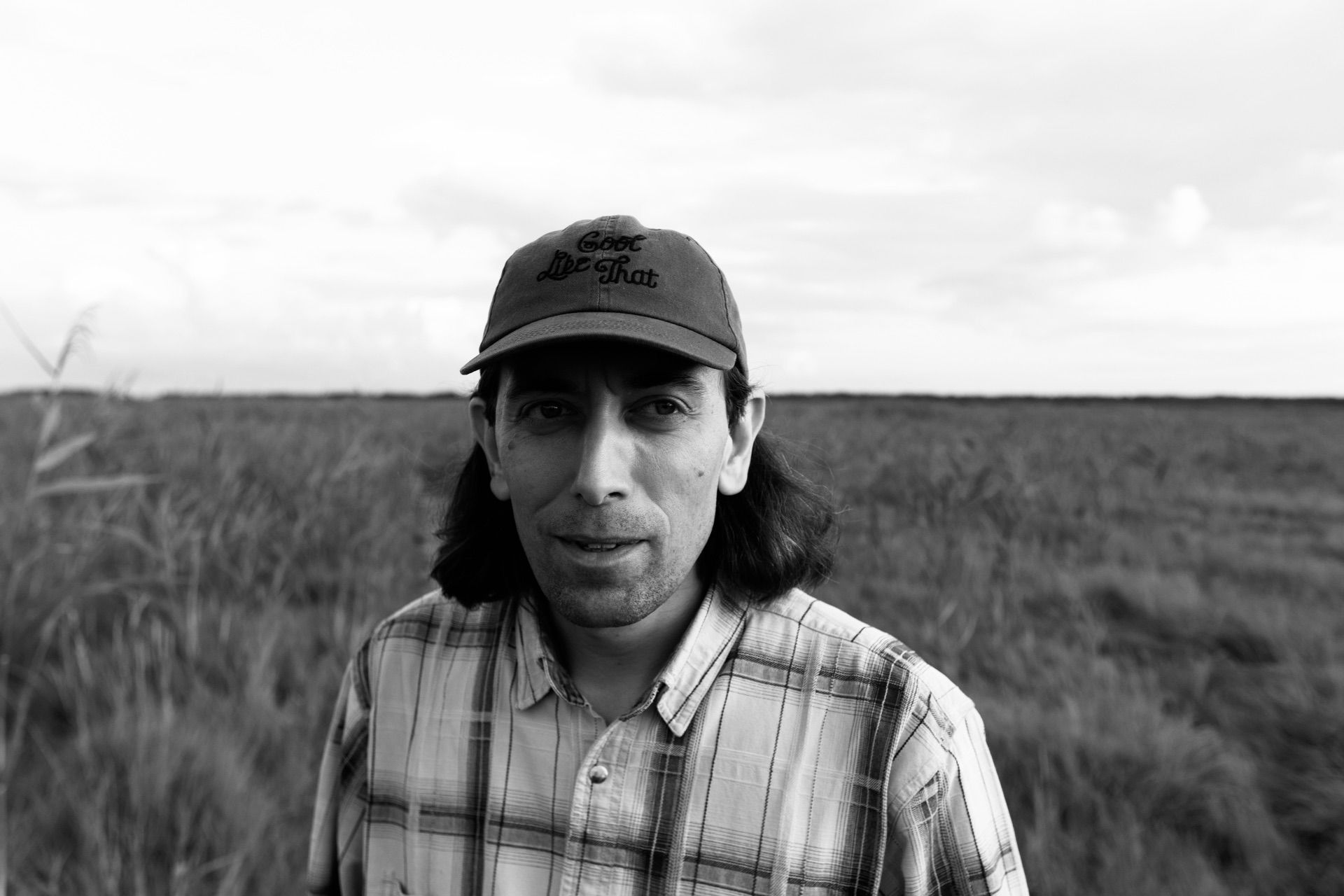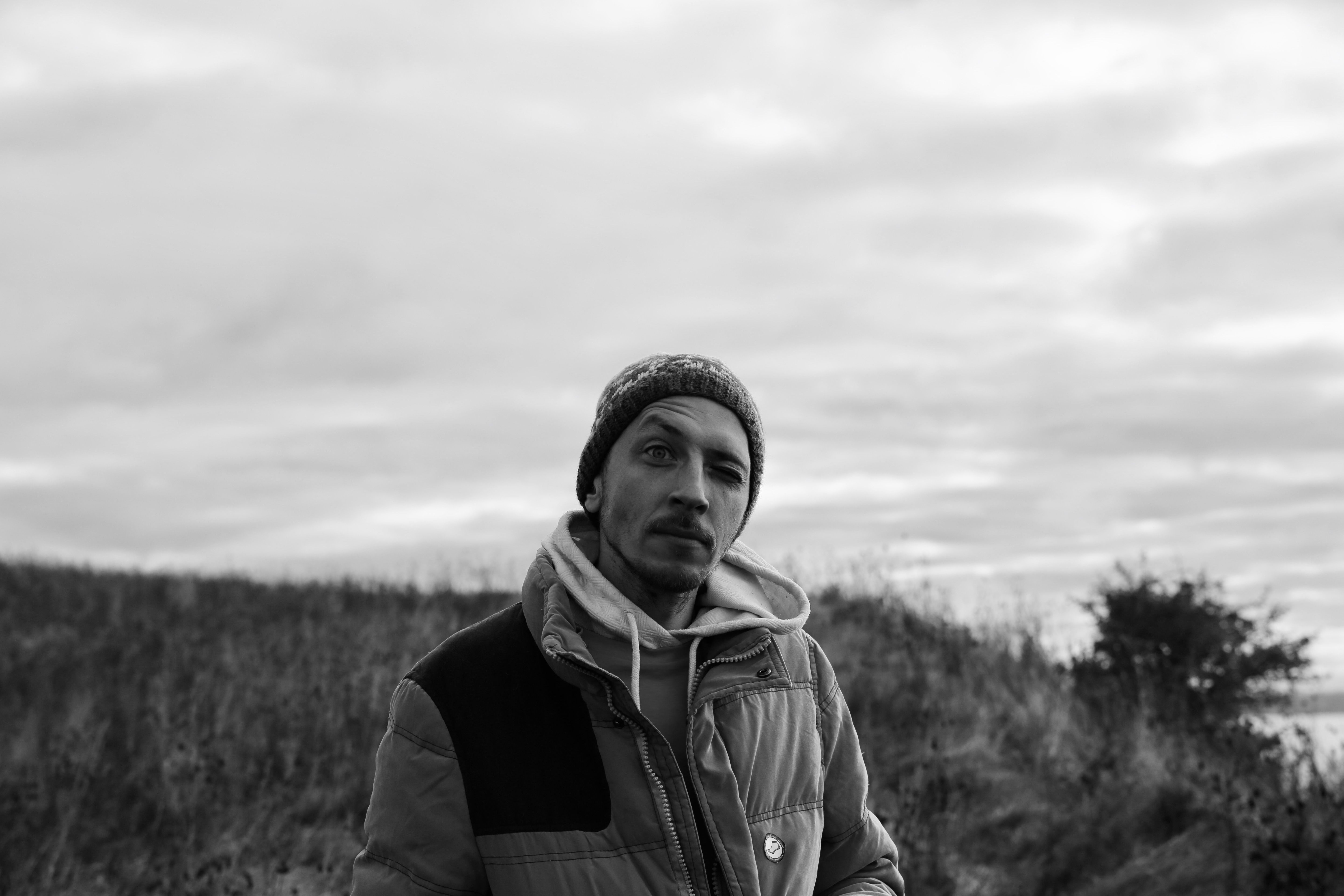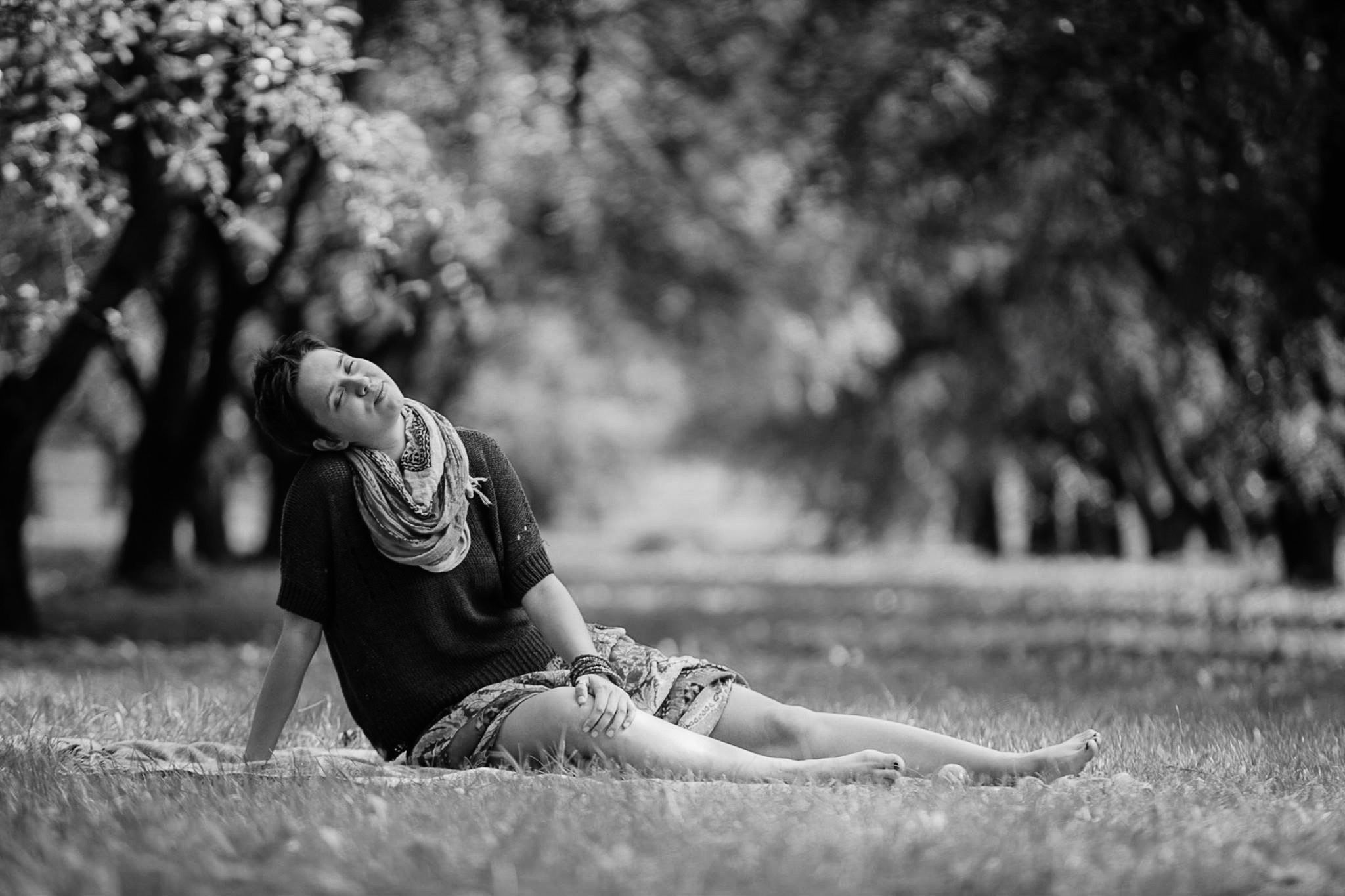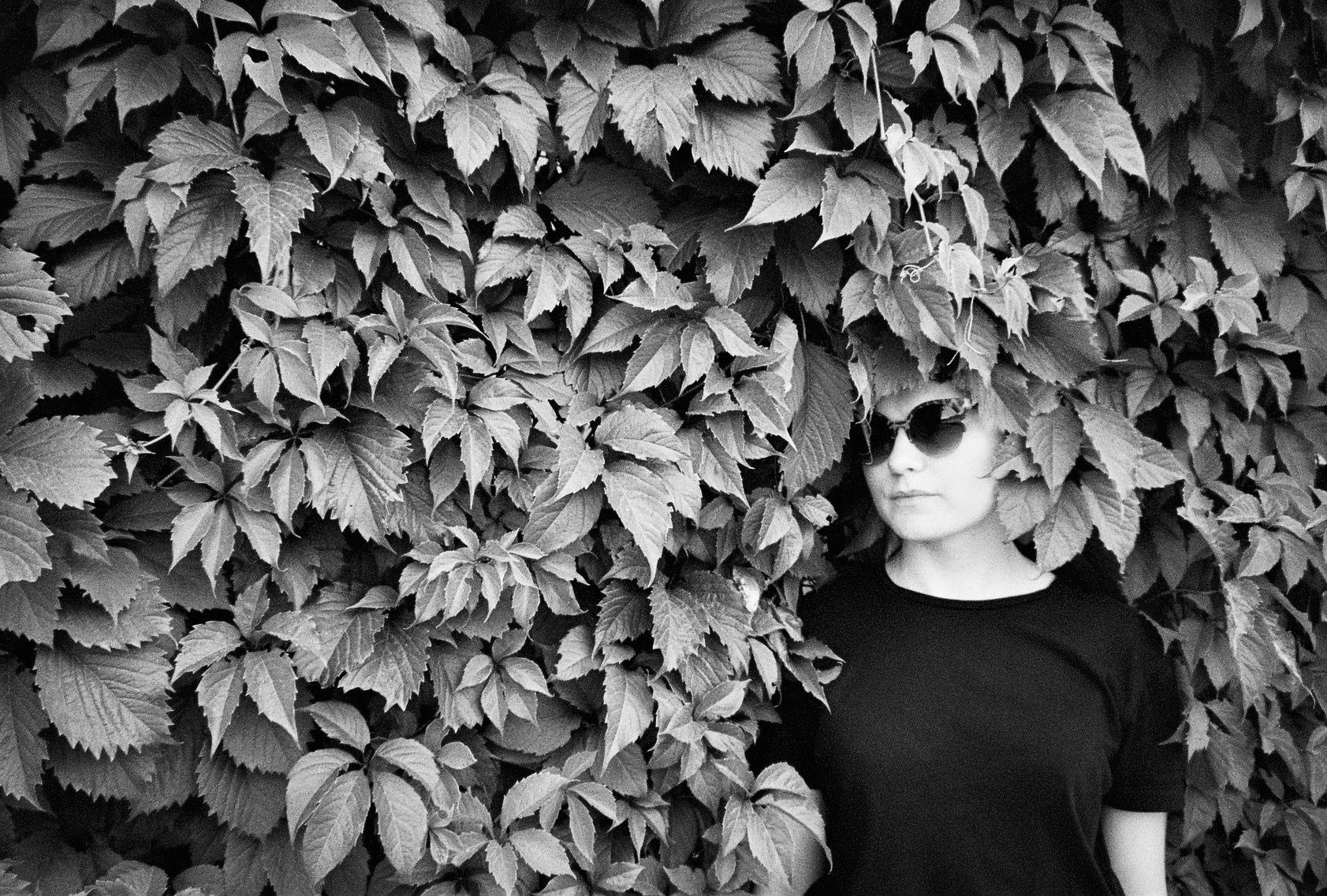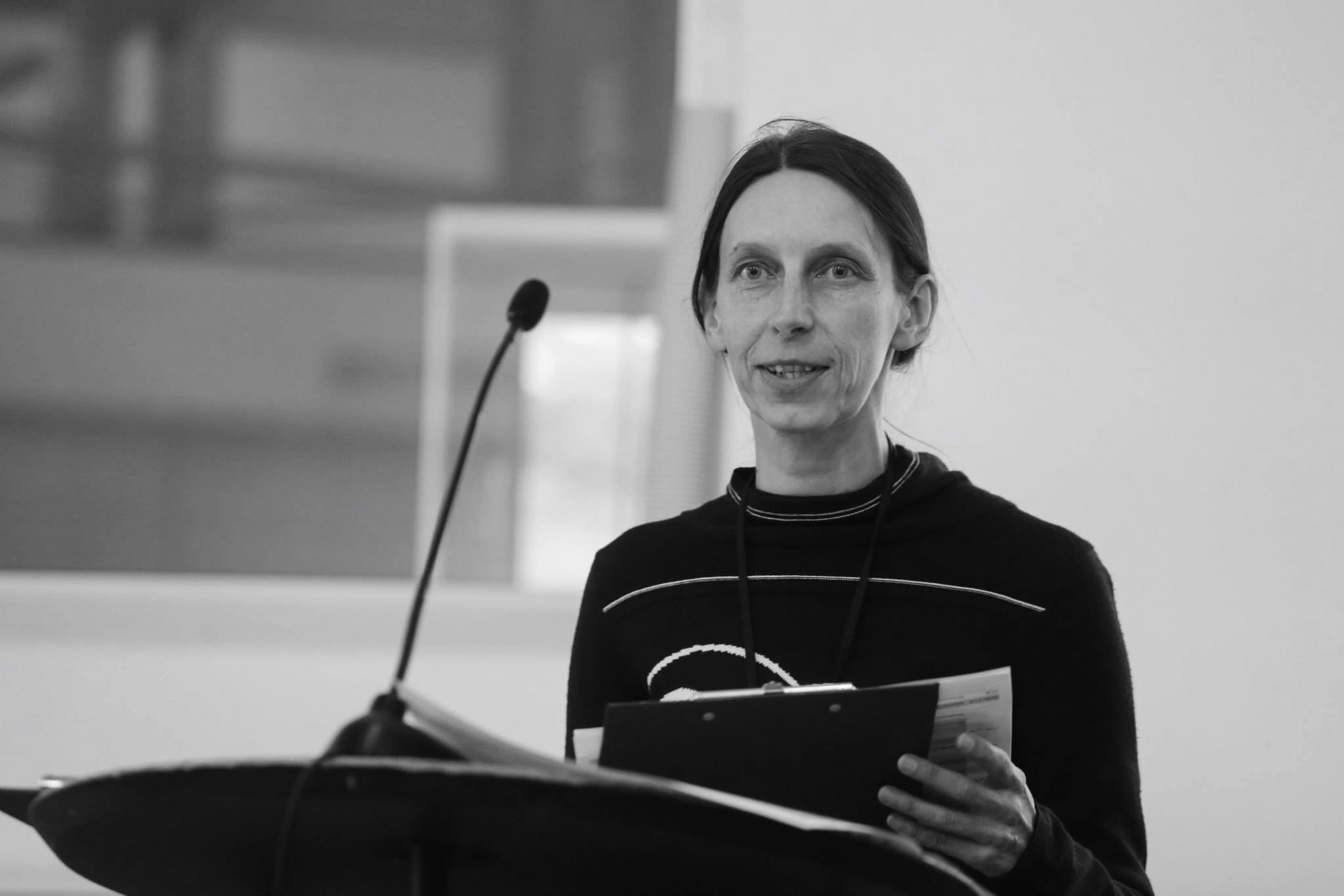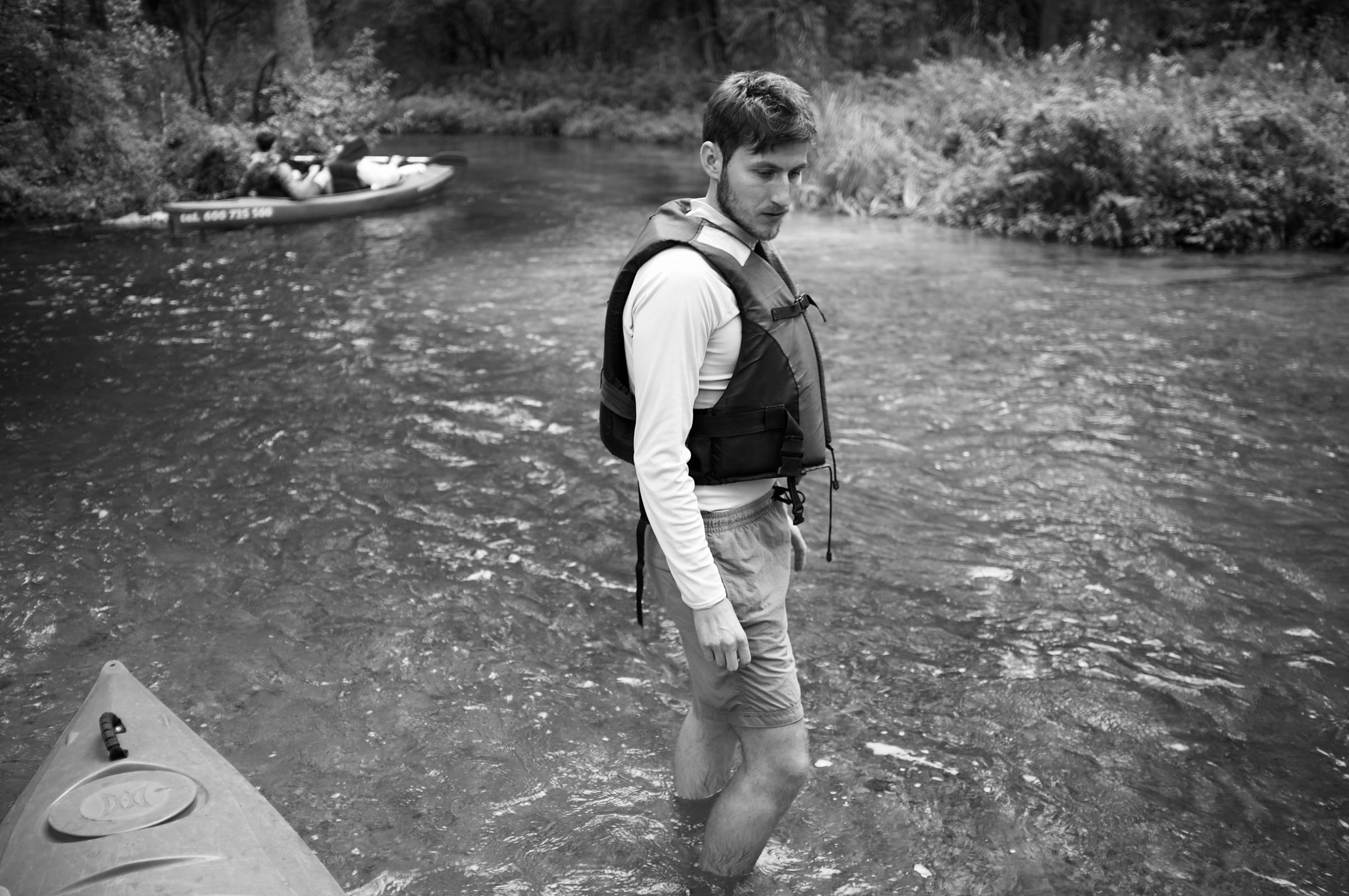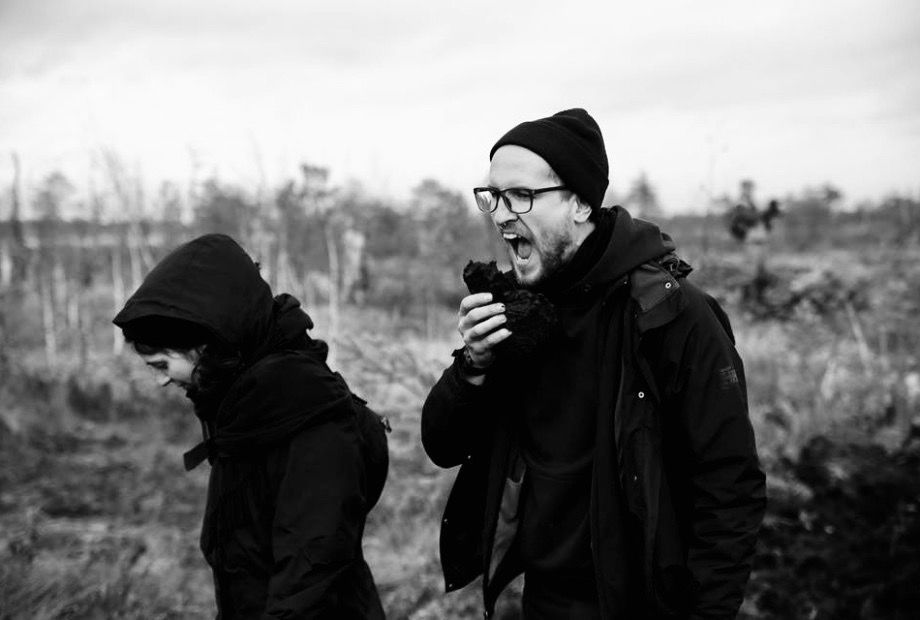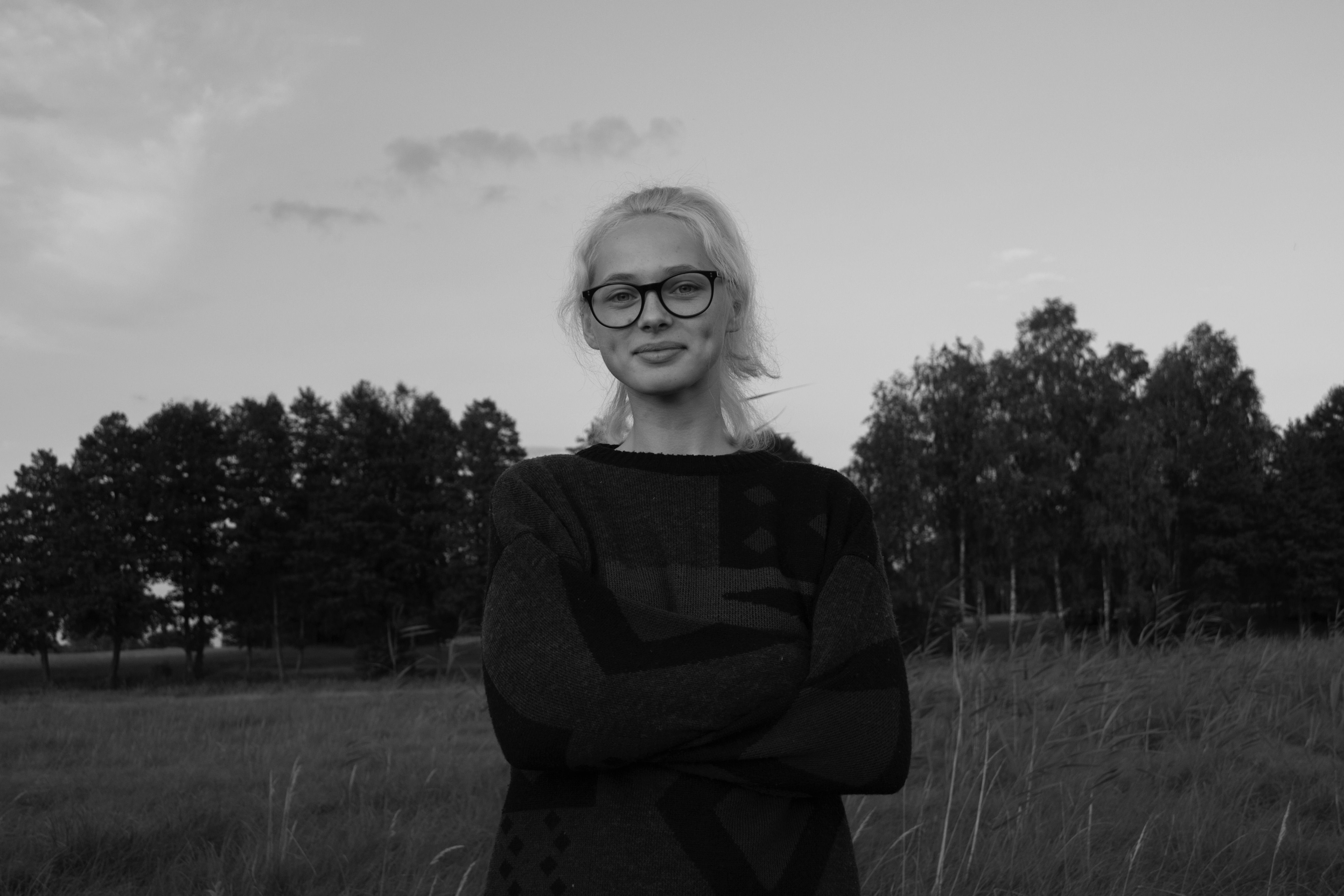Team
- Topic: About Bahna
- Date: 2018-06-30 22:18
We work to prevent further degradation of the environment and to preserve natural habitats and biodiversity in Belarus. Our main tasks for the forthcoming period include creating new wildlife reserves and expanding those already existing, increasing their efficiency, working on and promoting scientific methodological development in this field, improving legislative and regulatory systems concerning environmental policy, and developing environmental management strategies.
We are often faced with the fact that in Belarus, the problem of nature conservation is underestimated. Recognizing the value of international experience and willingness to adapt its achievements in our country, we aim to increase Belarusians’ ecological consciousness and responsibility. Starting from 2012, we have been establishing and maintaining contacts with a variety of people, including both activists struggling for the constitutional right to a healthy environment and scientists who spent years of research exploring this environment and its effects on life quality. We also cooperate with local and international ecological organizations.
We strongly believe that it is in our power to save the environment and that we will achieve this goal together.
Bahna people
The Board Council and a Chairman manage the organization. Our management team consists of the following members: Volha Kaskevich, Kanstantsin Chikalau, Ihar Stakhievich, Seiarzhuk Ramantsou, Andrey Ramantsou, Ihar Suvorau, Ekaterina Pilipenka, Dmitry Belush, Natalia Minchanka, Volha Palevikova, Stepan Vashkevich.
8 years ago, I started to protect the Belarusian mires. I didn’t have professional development plans in this area or the confidence to succeed in realizing the dream. There was only a desire to preserve a part of untouched wild nature, a landscape unknown to people, which was unreasonably considered unnecessary and so easily destroyed by humans.
“Since childhood, relatives have taught me to experience contact with nature, to observe it, to be in it, and I imagined myself more like a forest child than a city. In adolescence, this understanding went into the subconscious and returned to me only now, when in Bahna, I became an environmental specialist, where I defend the human right to a favorable environment and the right of wildlife to exist. I remember my first contact with the mire. I went to the outskirts of the forest, and in front of me opened such a bright space flooded full of colors. The first thought was: “Is it water or earth?” I could look into the depth of the horizon for a long time. During my work, I understood the importance of what my colleagues and I were doing. It helped me to change the type of activity consciously, today I get the qualification of an environmental engineer and consider it to be the profession of the future because in our world remain only a few natural places and ecosystems in the world”.— Volha Kaskevich.
I can’t imagine my life without wildlife, I have a pretty sensitive personality, so any encroachment on the remaining environment lays a mark on me. As long as I have the strength, I will do nature defense and share knowledge with others about it.
“Recently, I met the aphorism of a famous environmentalist, and his words sunk into my mind: “We can have wild nature without freedom. We can have wild nature without human life in it; however, we cannot have freedom without wildlife”. These are the words of Abby Edward”. —Kanstantin Chikalau.
I’m a biologist by education; this is the area of my genuine interest. Ecology and biology, science, architecture, and art inspire me. Based on an analytical study of the natural landscape and biodiversity, place and its history, and non-invasion, I interact with different experiences and perceptions of reality. Then I make a presentation and visualization of this.
“In 2014, I was the curator of the Bahna’s Festival of Art Practices and Critical Knowledge, and we were inventing new approaches to specially protected areas and looking for ways to involve people unrelated to our subject. In creative and artistic practices, we applied the result of co-creation to improve the situation of awareness about losing the rare natural habitat. Now, when the workshop was being done, the task for me was to go deep into the “insides” of the ecosystem, and make a place for natural meditation so that a person would open up there, walk, think, save up energy, leave the nature saving the feeling with him. And the art objects remain to give information, give an understanding of the connection”. — Bazinato
I have worked with environmental non-profit organizations in Belarus, such as Ecohome, Bahna, and APB, for more than ten years. My contribution to the activities of non-profit organizations is mainly technical: I create information systems, process data, create databases, and visualize information.
“I have been involved in Bahna activity since 2011. I created web resources eightwetland.by, festival.bahna.land, stope40.org, npmp2015. We are currently working on a prototype of a monitor of wetlands in Belarus; we are creating a database of any available environmental information on this topic using open-source technology. The main problem in the implementation of projects is access and permission to use the necessary data. Our government agencies do not want to share this information, although according to the Aarhus Convention, it should be made publicly available. At this stage, I am also participating in the partner project of Bahna, the Estonian Foundation for Nature, and the University of Lifesciences in Tartu for the development of ecological tourism in specially protected natural areas, where we are working with a group of international landscape architects we are engaged in designing places for recreation and ecological paths”. — Ihar Suvorau
More than 30 years ago, for the first time, I saw a protected land near Turov, Pripyatsky oak forests, and mires. And since then, my life and activities have been inextricably linked with it. To contribute to the preservation of these forests, wildlife, and all biodiversity is probably my mission.
“The public campaign “Save the Pripyatskiye Oakwoods” appeared five years ago. This was a response to threats to the wildlife in the Pripyatsky National Park. In recent years, there has been an active century-old oak wood cutting and birds and animals hunting almost all year round. A public campaign was created to change this situation. In 2016, the Pripyat campaign became one of the activities of Bahna. Combined with our resources, creative and intellectual abilities”.— Inessa Bolotina
When I’m in the woods, in the mire, or on the river, I feel calm, and well, I think about things that I can’t think about in the bustle of the city and a hurry, and it’s not even about thinking at all, but just feeling.
“To preserve this natural calmness, it’s necessary to remind people that they are a part of the natural cycle and no technical progress will replace this natural wealth. We are dealing with this reminder in Bahna”. – Dima Belush.
It is essential for us to make news about wildlife and its protection. Our target audience consists of students in bio- and geological faculties, environmental activists, nature lovers, and employees of nature reserves and national parks.
We tell how to protect wildlife in Belarus, what our organization does, and the successful foreign experience in this field. We are doing special projects; one of them is “Mire Studies,” in which researchers from Belarus and various countries talk about how and why they study wetlands today. Talking about the work of scientists is also one of the priorities of Bahna.Land.
We always want to give our Information center as much information and explicit algorithms for actions as possible and inspire people with the topic.
“My task is to process the request that comes to the Information center. I highlight the topic, search for good expertise, and find specialists who can answer the questions. Depending on the issue’s complexity, this work can take from one day to several weeks. I am very inspired when questions come from the just desiring to implementation and action when people do something for nature”. – Alyona Dubovik
